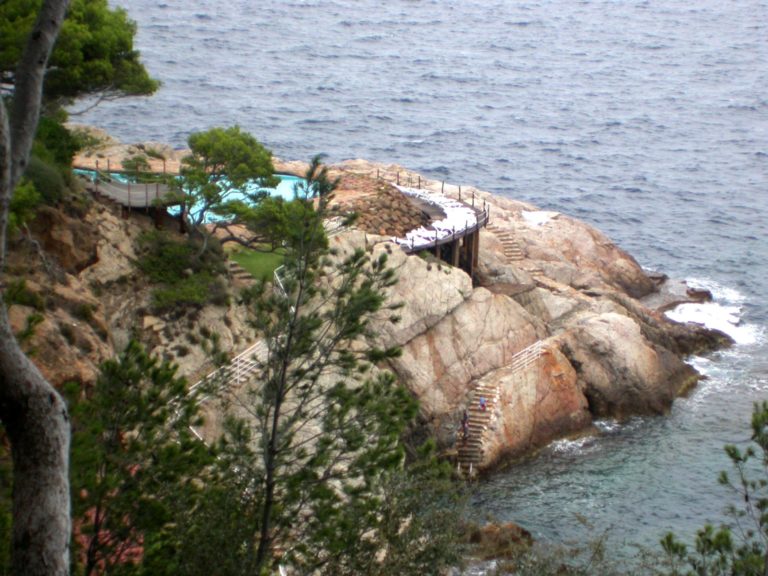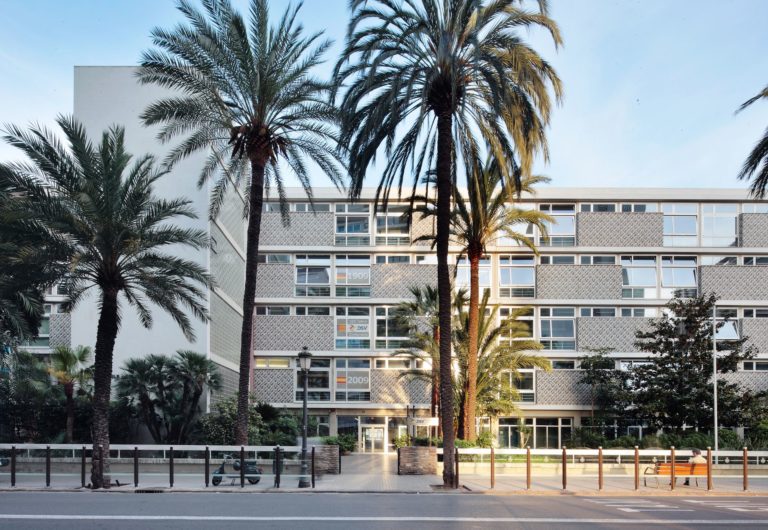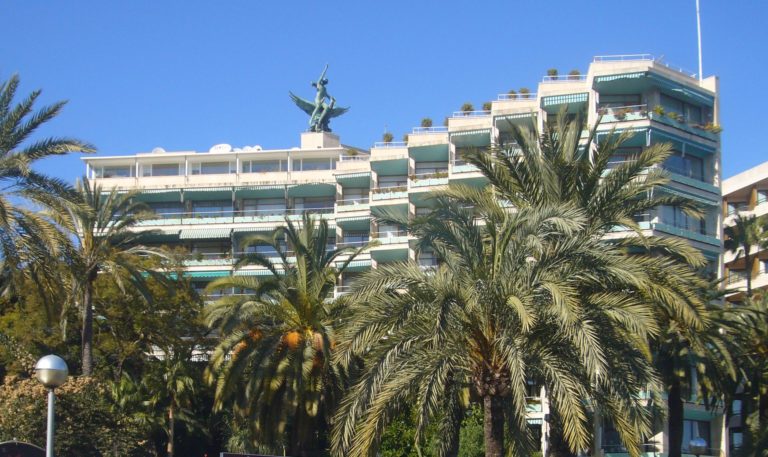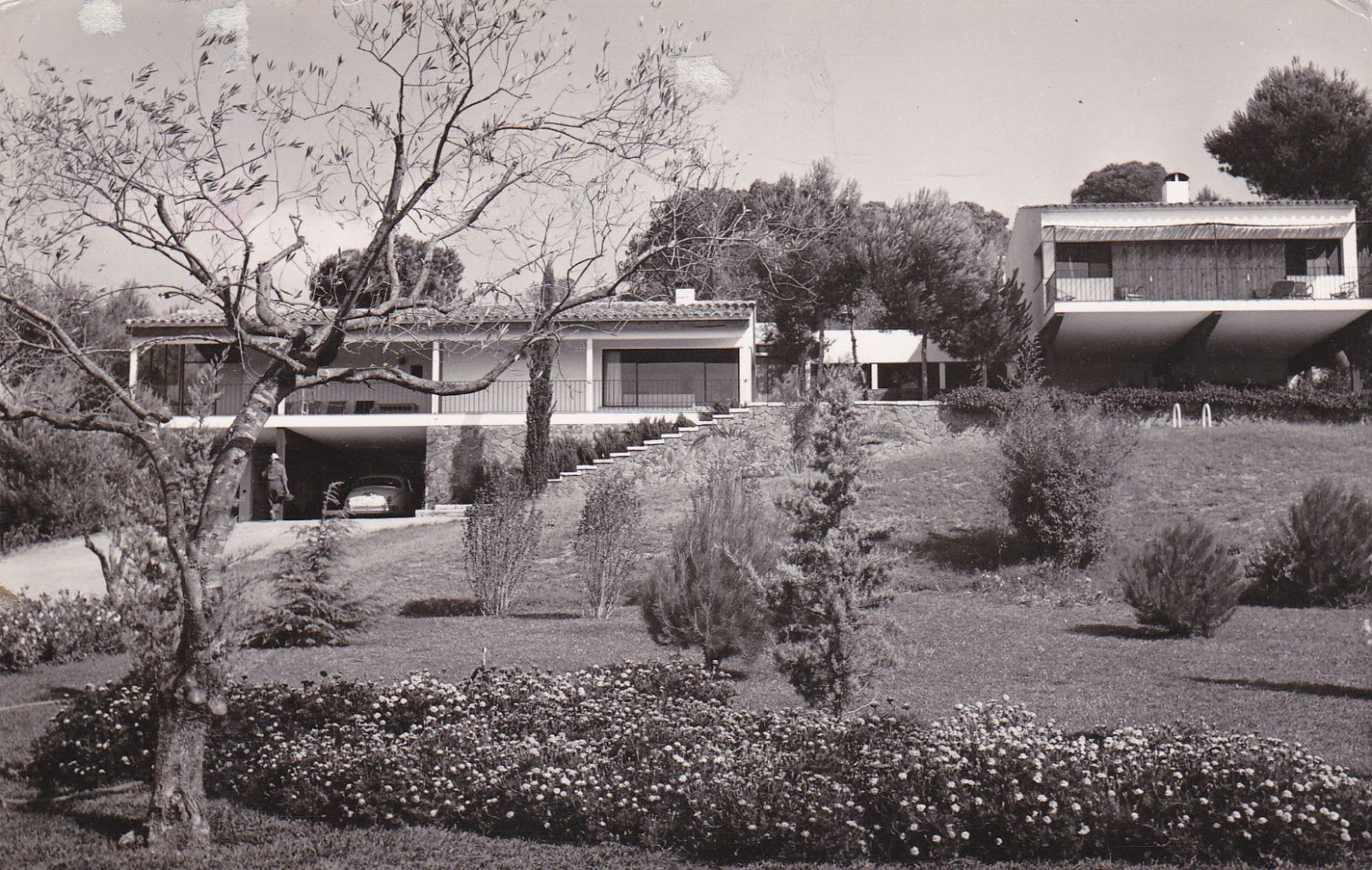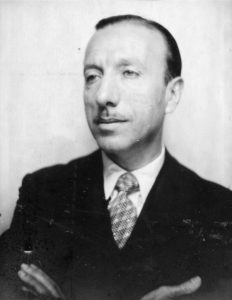
Nicolau Maria Rubió i Tudurí
Mahón, 1891-Barcelona, 1984
Although he was born in Menorca, few people like Nicolau Maria Rubió i Tudurí exemplify so well the cosmopolitan character of Barcelona, the city where he lived, studied and worked for most of his life. Rubió i Tudurí had numerous illustrious relatives on both sides of his family, including several technical professionals, engineers and architects. His paternal uncle was the art nouveau architect Juan Rubió.
Nicolau Maria Rubió i Tudurí’s career was long and varied both in scale and in the objects of his work and his interests; he was especially brilliant in the field of garden design, although also highly relevant in the areas of territorial planning, urban planning, theory and criticism ─ both in architecture and art in general ─ teaching, working for the public administration and, finally, classical architectural practice. Moreover, he was a seminal figure in Barcelona’s intellectual and artistic scene in the mid-20th century. Always faithful to the intellectual spirit of Noucentisme, his aesthetic and political ideals were nourished by the classical world; he showed deep respect for what the Latin world and the Mediterranean represented for Western culture as a whole. As was typical of the ideals of Noucentisme, he was also a defender and promoter of a vibrant, open and cosmopolitan urban culture, embracing cultural innovations, especially those coming from North America (cinema, jazz, etc.). One often highlighted aspect of his personality was his ability to take an interest in and integrate the different cultural expressions of his time with an internationalist intellectual discourse, rooted in history, but lacking the identity biases typical of nationalisms. He was the author of novels, short stories, travel books, plays, etc.
The French landscape architect and urban planner Jean-Claude Nicolas Forestier played a key role in his formative years, both at the Barcelona School of Architecture and during the first years of his professional career. Forestier, who was a disciple of Haussmann, worked in Barcelona from the mid-1910s, where he undertook the landscape adaptation of Montjuïc to host the Barcelona International Exhibition of 1929. Rubió i Tudurí’s father, the military engineer Mariano Rubió i Bellver, was in charge of the large topographical movements and the urbanization of the mountain.
It was because of Forestier’s influence that Tudurí developed his interest in landscape and gardening: throughout his career, his contributions in these fields were highly relevant, especially in the art of gardening. Tudurí contributed to cementing a discipline that, in this country, had did not received attention on par with that of its neighbours. In the theoretical field, he wrote several articles that laid the foundations for his own Mediterranean and Hispanic garden model. He taught gardening at the vocational school [Escola de Bells Oficis] founded under the Mancomunitat de Catalunya. He was director of public gardens for Barcelona, and while in that role undertook highly relevant works such as the Turó Park, Plaça Francesc Macià, the Parc de la Ciutadella, the Pedralbes Palace, and, on direct commission from Alfonso XIII, the gardens of several Spanish embassies abroad. As an independent professional he designed numerous private gardens, including the gardens of the Cap Sa Sal Hotel on the Costa Brava. For all these reasons, we can affirm that Tudurí is the most prominent figure in contemporary gardening in our country.
Also relevant were his contributions to a discipline that had not existed in Spain prior to his work: territorial planning. He invited international experts in the field to Spain to give lectures and wrote important articles that are surprising for their sensitivity to environmental issues. During the Second Republic, the Generalitat de Catalunya appointed him responsible for “Urban Planning”, and in this role he wrote what would be the first territorial plan for the whole of Catalonia: the so-called “Regional Planning” or “Plan for distributing the Catalan territory into zones.” Although the proposals contained in this initial plan were limited, the document that outlined spaces for nature conservation ─ called “reserves” ─ coincides almost exactly with the map of existing natural parks in Catalonia today.
In his role as an architect, he was one of the promoters of the first rationalist constructions in our country, although for some authors the expressiveness of these first works is more closely related to references from an imaginary that is not directly architectural: some of the buildings’ programmes were associated with technological innovations that had a major cultural impact, such as cinema – he built the headquarters, no longer standing, of Metro Goldwyn Mayer in Barcelona – or radio – he designed the first pavilion for Ràdio Barcelona on Mount Tibidabo. The interiors of these buildings, now gone, recalled cinematic references such as Fritz Lang’s Metropolis. In his series of drawings from 1930 entitled “Future Barcelona”, he imagined a city full of skyscrapers, where small planes were stored in large high-rise buildings and where the smoke from factories, lit by spotlights, in reference to cinematic images from the time. Beyond these early works, Tudurí displayed in his buildings a clearly classicist decorative repertoire, typical of Noucentisme. In fact, his most relevant architectural text – which he titled “Actar” – is an anti-modern plea, in which he refutes some of Le Corbusier’s postulates, such as “machinist” and “aerodynamic” aesthetics as applied to architecture. Throughout his long career he designed buildings in various historicist and other styles, often with ties to leisure architecture and the early days of tourism, in which the absence of decoration and a distinct language once again associated them with architectural rationalism.
Biography by Roger Subirà
Bibliography
- RUBIÓ I TUDURÍ, Nicolau Maria, El jardín meridional, Tusquets Editores, Barcelona, 2006.
- RUBIÓ I TUDURÍ, Nicolau Maria, La patria llatina. De la Mediterrània a Amèrica, Publicacions de l’Abadia de Montserrat, Barcelona, 2006.
- RUBIÓ, Margarita, Nicolau Rubió i Tudurí, Editorial Pòrtic, Barcelonal, 2001.
- RUBIÓ I TUDURÍ, Nicolau Maria, Diàlegs sobre l’Arquitectura, Quaderns Crema, Barcelona, 1999.
- RUBIÓ I TUDURÍ, Nicolau Maria, ACTAR, Colegio Oficial de Aparejadores y Arquitectos Técnicos de Murcia, Murcia, 1999.
- RUBIÓ I TUDURÍ, Nicolau Maria, Del paraíso al jardín latino, Tusquets Editores, Barcelona, 1981.



